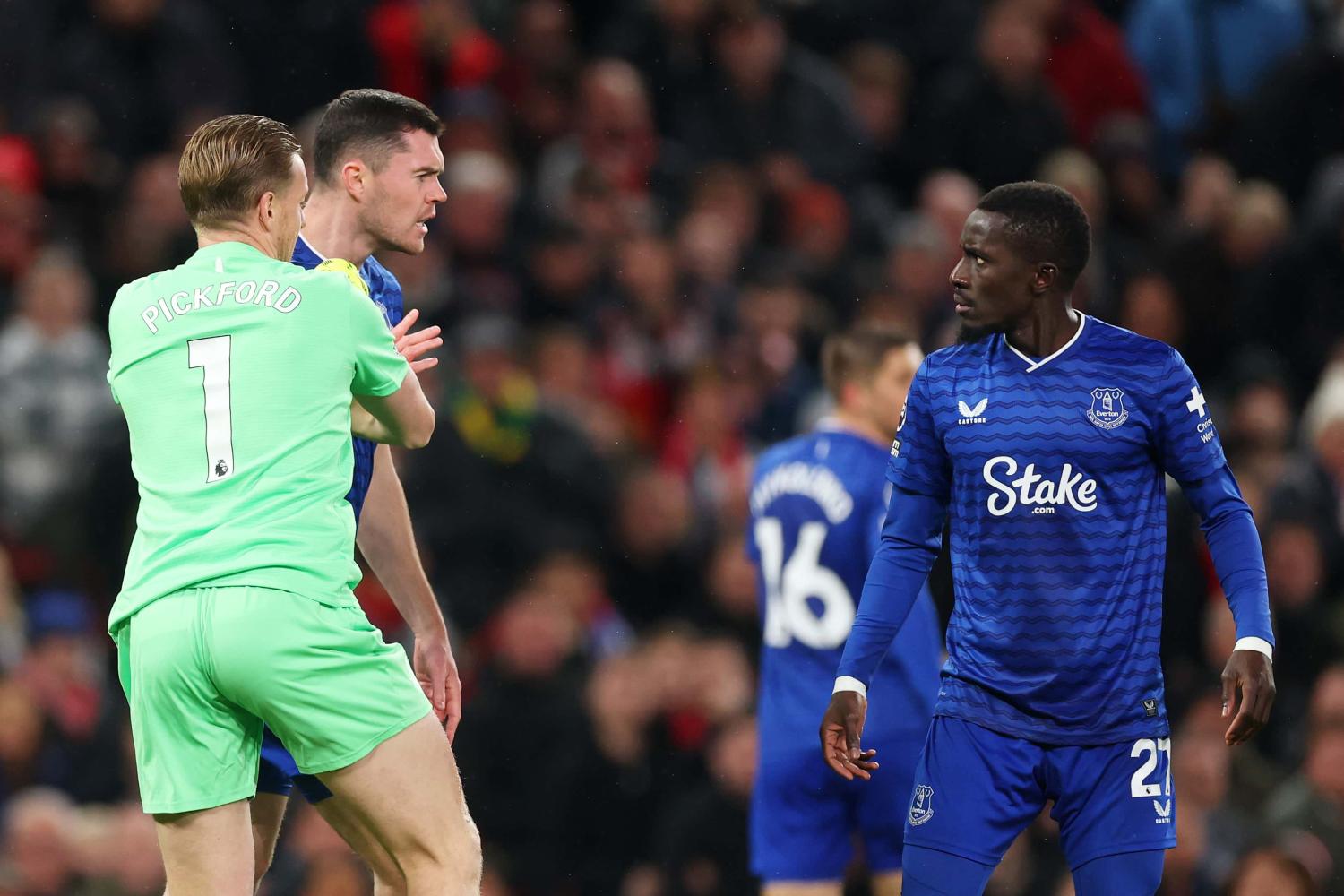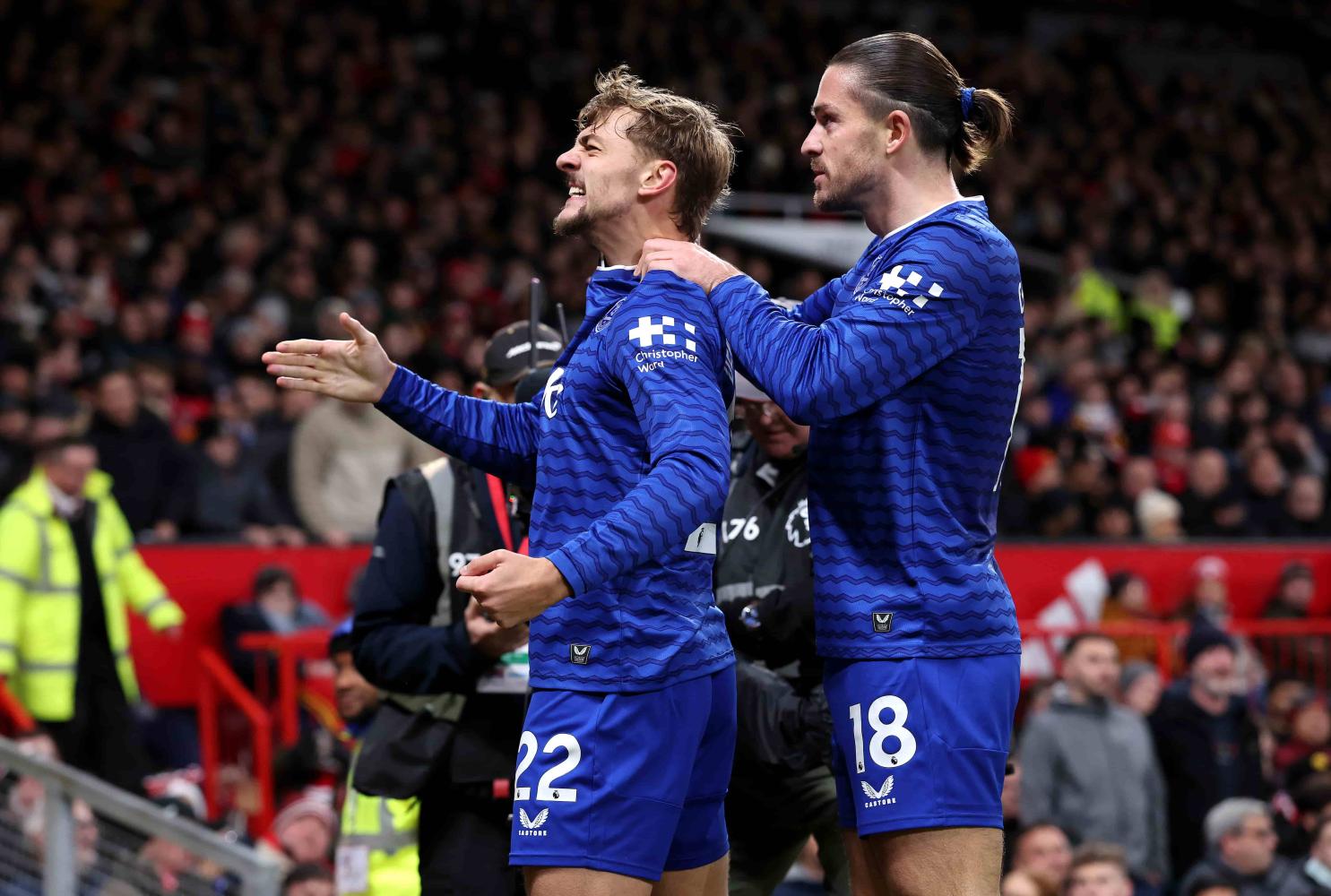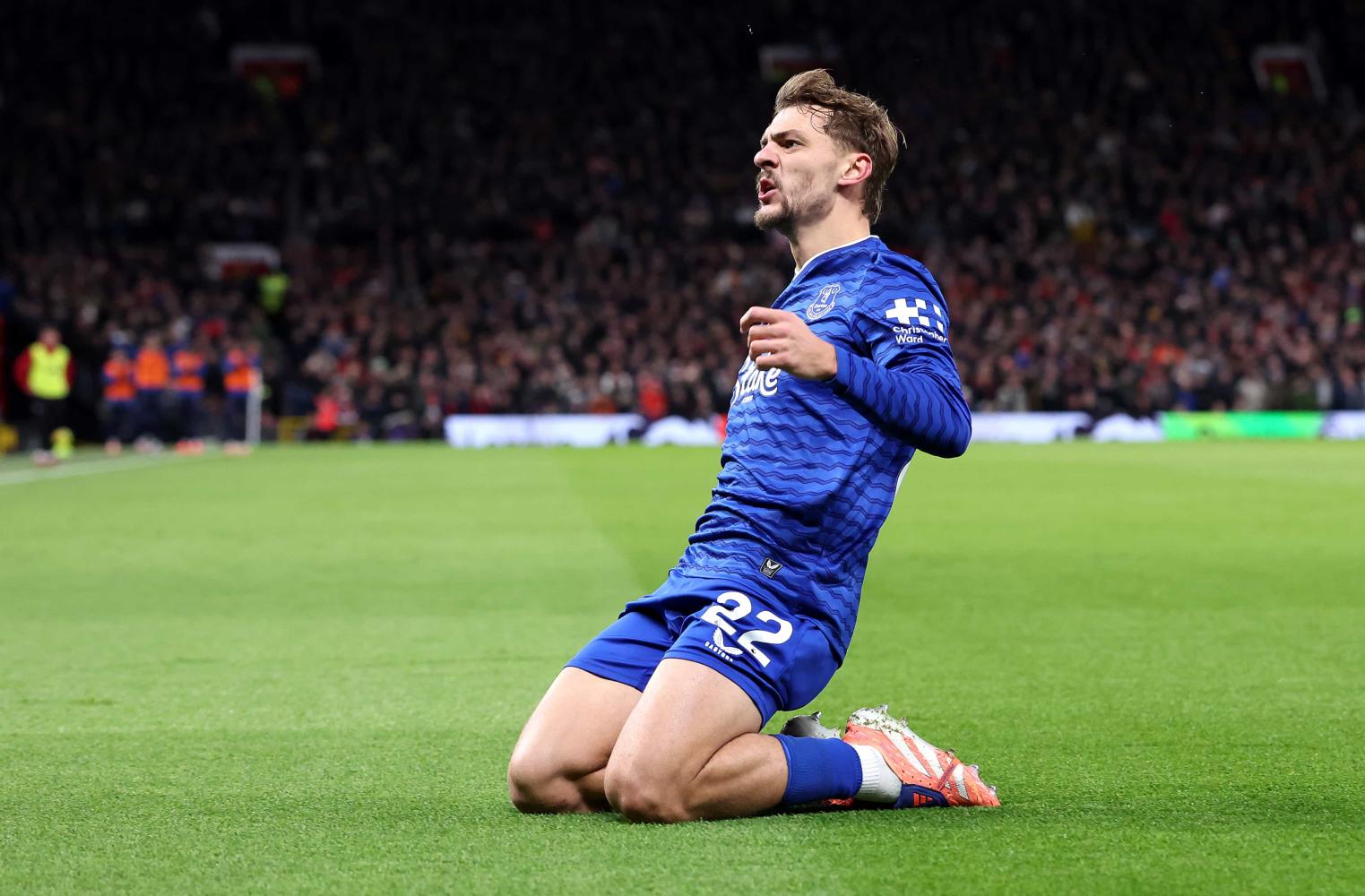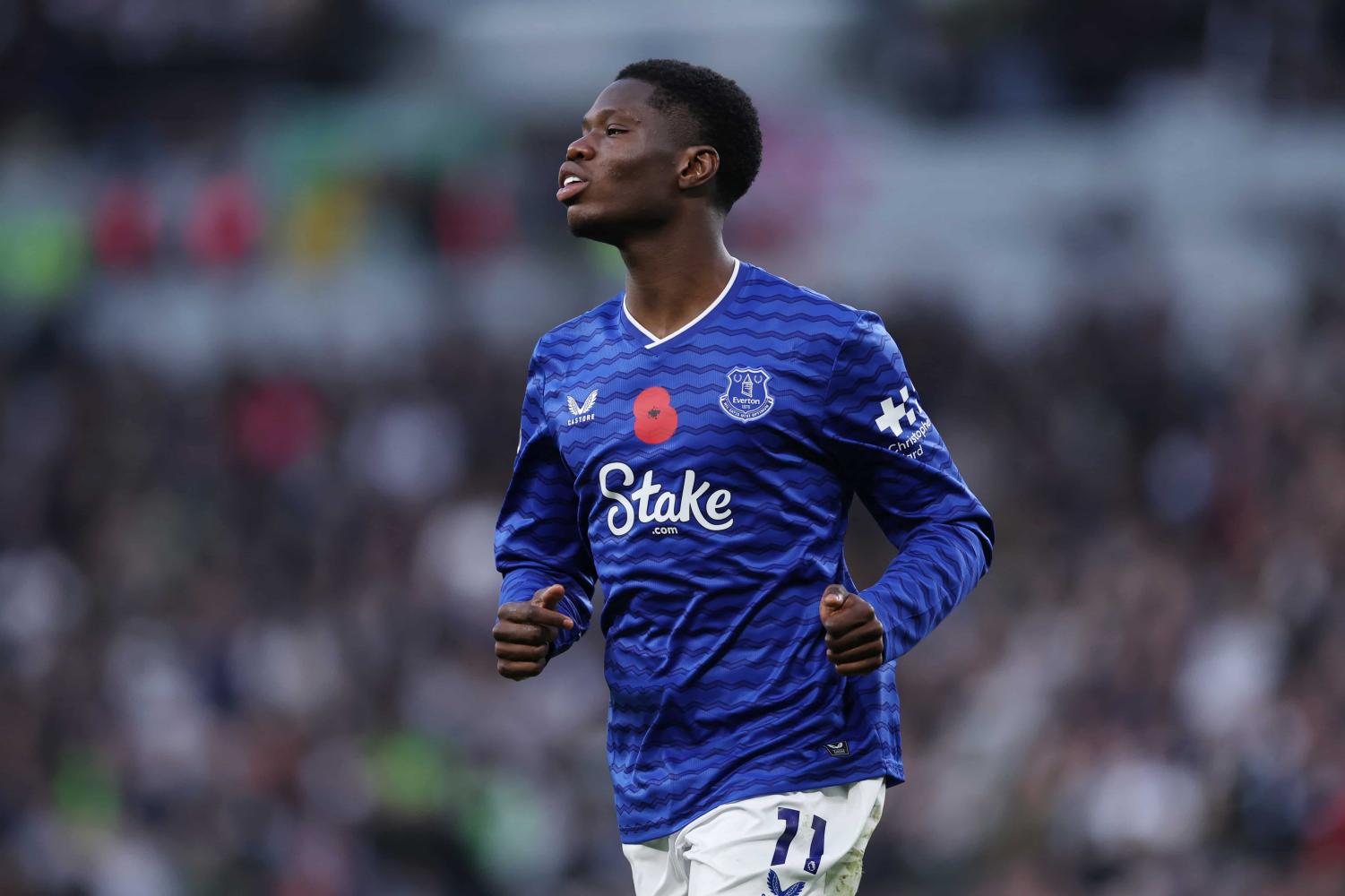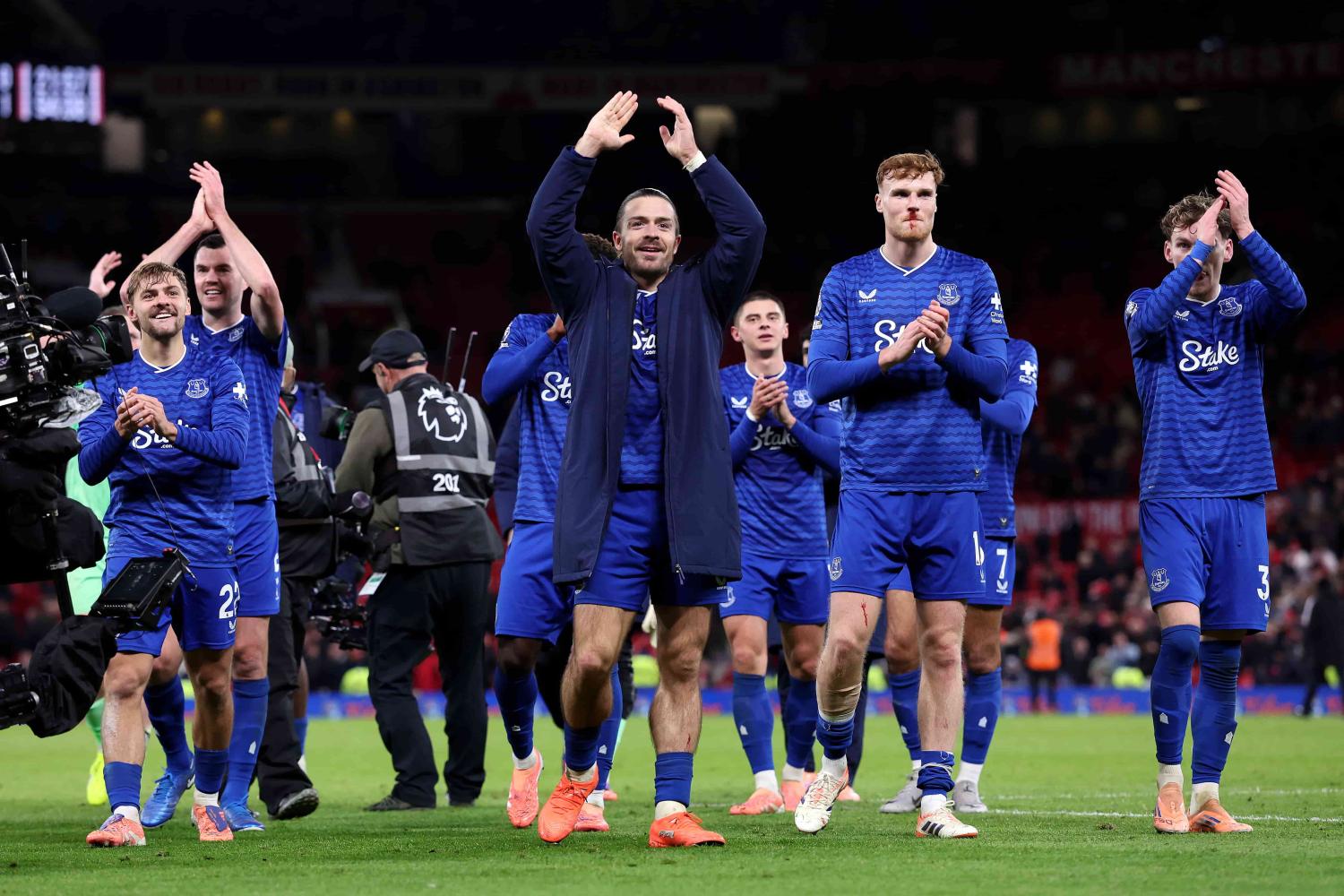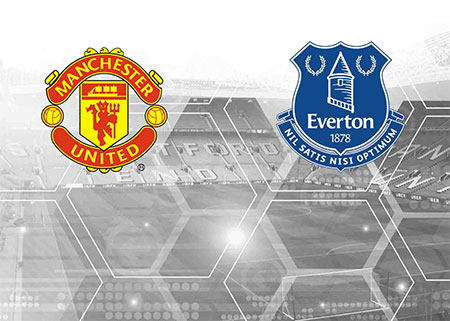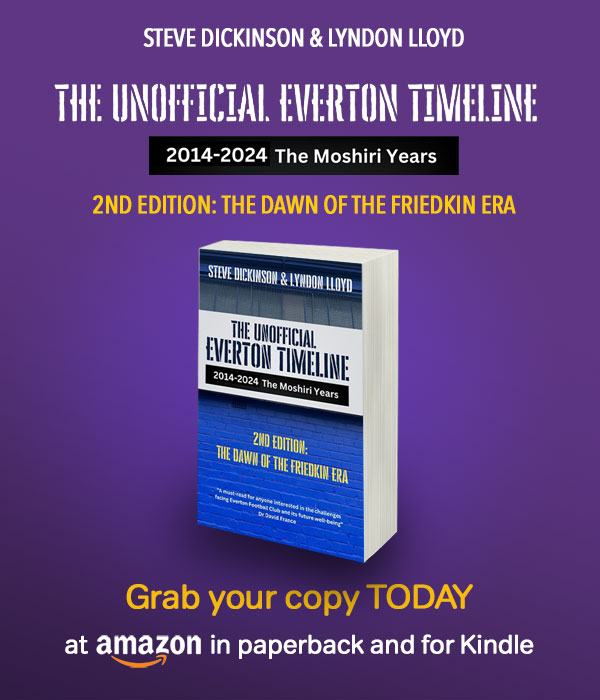EVERTON PAST PLAYER PROFILES
Tim Cahill
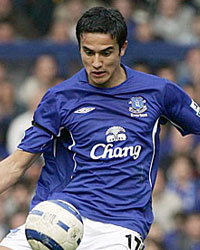
| Squad number | 17 |
| Position | Forward |
| Joined | 24 July 2004 |
| Joined from | Millwall |
| Signed by | David Moyes |
| Transfer fee | £2M |
| Full debut | v Man Utd (A) 30 August 2004 |
| Contract duration | 4 + 4 + 4 years |
| Contract expires | June 2014 |
| Finale | v Newcastle Utd (H) 13 May 2012 |
| Left Everton | 26 July 2012 |
| Left For | NY Red Bulls |
| Transfer Fee | £1m |
| Born | Sydney, Australia |
| Date of birth | 6 December 1979 |
| Height | 5' 10" (1.78 m) |
| Nickname(s) | TC, Tiger Tim |
| Honours | Australian international |
| STRENGTHS |
| Goalscoring from midfield |
| Aerial ability |
| Box-to-box stamina |
| WEAKNESSES |
| Disciplinary record |
| Long-range distribution |
Can go quiet in games |
Niggling injuries |
| Aussies come First! |
� Soccerbase Datafile
� Wikipedia Entry
| PRESS COVERAGE |
|
Daily Telegraph 31/10/04
| The
Times 21/8/05
|
The Independent 25/8/05
|
The Telegraph 21/1/06
|
Liverpool Echo 29/7/08
|
BBC Football Focus 1/11/08
|
Daily Mail 15/12/08
|
The Times 19/1/09
|
The Guardian 17/2/09
|
The Times 23/3/09
|
Sydney Morning Herald 2/4/09
|
The Independent 17/04/09
At 24 years old, Tim Cahill was certainly one for the present and the future when he joined Everton from Milwall in 2004 — a typical David Moyes signing. He saw a move to Crystal Palace collapse before agreeing terms on a four-year deal with Everton in July 2004.
"We are delighted that Tim Cahill has agreed to join us," Everton manager David Moyes told the club's official website when the £2M move from Millwall was completed. "He has proved himself as one of the best players in the First Division and we hope to give him an opportunity to prove it in the Premiership."
Millwall fans seemed generally very unhappy when he left and feared that he would leave a big hole to be filled: "He has that rare ability to ghost into the box and score with his head," said one.
"He can be relied on to score 10 goals a season from midfield. One of the best headers of the ball I've ever seen. Good engine and comfortable on the ball."
"Great buy. You won't be disappointed. He is a player who can add goals from midfield for Everton. He is a good athlete and is not afraid to put his foot in."
The Australian certainly lived up to his billing and became on of Moyes's best pieces of business.
He had to wait for his Everton debut as he was selected by then Australia national team coach Frank Farina as one of three over-age players in his squad that competed in the 2004 Athens Olympic Games. Prior to that, his international career was shrouded in uncertainty. His mother was born in Samoa and he once played for them as a substitute, aged 14, in an international Under-20 youth match 13 years ago. It was not until 2004 Fifa changed its rules and agreed to let Cahill play for Australia.
In any case, he was suspended in the UK due to his less-than-stellar disciplinary record at the New Den — he topped their disciplinary table with seventeen yellow cards and two reds the season before making the move to Merseyside!
When he eventually did take to the field in an Everton jersey four games into the 2004-05 Premiership season, in a daunting fixture at Old Trafford, the Australian was a revelation; stroking the ball about with confidence and tackling with aplomb. He did much to earn a 0-0 draw in the cauldron of Manchester United's home stadium before being withdrawn midway through the second half because of a lack of match fitness.
In his final season at Millwall, Cahill managed 12 goals from midfield and finished the club's top scorer. It was goalscoring form that he carried into the Premiership, scoring a vital headed winner at Manchester City in his first full game, when he was infamously sent-off for shirt-lifting buy the over-zealous Steve Bennett. He had found the net four times by New Year's Day and continued to impress.
By the end of the season, Cahill was Everton's top scorer and he only got better, with few peers in the role he plays, and it wasn't long before some of the 'Big clubs' started being linked with the high-scoring Aussie. Everton secured their prized asset by upping his salary to a reported £27k a week in line with big-money signing James Beattie in August 2005.
In the 2005-06 season, Tim had a barren spell in front of goal until New Year's Eve when he netted his first Premiership goal of the season against Sunderland in the 92nd minute. He then went on to score 8 goals that season and was picked for Australia's World Cup squad, despite suffering torn knee ligaments in April. In the rush to get him fit, David Moyes famously called the Aussie physios "witch doctors", creating one of those classic club v country clashes that would run and run...
Fears about his fitness proved unfounded, though, when "Tiger Tim" became an instant hero in the last 6 minutes of the opening game against Japan, scoring two great comeback goals to set the Socceroos on their way. But they went out in the last 16 thanks to a controversial last-minute penalty against Italy. However, it was not all bad news for Tim as he became the scorer of Australia's first goals, in their first win, and the first person in Australia’s history to score twice in a World Cup finals game.
Back in England's Premier League, Cahill had a great start to the 2006-07 season as he rediscovered his scoring boots, overtaking Andrew Johnson as leading scorer until a ridiculous lunge from Lee Carsley of all people, at home to Aston Villa, tore ligaments in his knee and put him out of the game for two months.
He wasn't back in action long when another injury sidelined him � this time for the rest of the season — when he broke the fifth metatarsal in his foot at Sheffield United. As he neared fitness the following summer, David Moyes fretted that he would be used recklessly by the Socceroos in their quest for Asian Cup glory.
The recovery was keenly watched by both Everton and the Australian National team, who had first dibs on Tim's services with the Asian Cup kicking off in July 2007. He was declared fit by the end of June, and celebrated by agreeing a renegotiated contract in June 2007 � even though it still had three years to run � securing a five-year extension through 2012. Excellent business for the club, doing their utmost to hold on to one of Everton's most visible and sought-after players. His profile in the Australian homeland is simply astronomic.
The concerns expressed about the fullness of his recovery proved well-founded, though, as he landed awkwardly in the pre-season showpiece against Werder Bremen, breaking the bone again and spending another three months out of action.
His response was to change his boots and when he finally did return, it marked the beginning of an unprecedented run of form for Moyes's team. Starting with the Uefa Cup Group A match against AE Larissa, in which Cahill scored in his comeback game, the Blues embarked on a 13-match unbeaten run in all competitions that saw them ascend to sixth in the Premier League, qualify for the Carling Cup semi-finals and book their place in the last 32 of the Uefa Cup. Cahill scored 6 goals in that run that included 11 wins and two draws.
His effectiveness after Christmas 2007, however, seemed strangely reduced, leading some fans to question his contribution when he wasn't actually making those late scoring runs. And as Everton crashed out of the Uefa Cup on penalties, in March, worse news was just a couple of games away, when Cahill could not continue after barely 10 minutes against West Ham.
It took Everton a week to admit that the Aussie had indeed broken the same bone in his foot, for the third time in just over a year. That ruled him out for the rest of the season, with Moyes optimistically claiming that the complete rest until July would do him the world of good...
It would take a lot longer than that, though before anyone would risk putting much force on that bone again. Projections currently are for a return to action sometime in September 2008. A full six months lost.
Tiger Tim did indeed return in September, with a typical goal against Stoke, and he went on to have an excellent season, scoring a number of his superbly instinctive trademark goals, not least against Liverpool in the FA Cup run that would culminate in two Wembley appearances. He finished joint top scorer with Saha but at Wembley, the Tiger was tamed... missing the first shoot-out penalty against Man Utd, and then disappearing in the very disappointing FA Cup Final against Chelsea.
Along with most of the players, Cahill made a frustratingly slow start to the 2009-10 season, his first goal not coming for a month... The excuse, as ever, was that he was being played out of position. He didn't really make a telling impression, playing a big role in Everton's awful first half of the season. Thinks started to get better by Christmas and Tim chipped in with 10 more trademark goals — all headers — making him the most prolific scorer of headed goals in the Premier League.
As ever, his real value to the team comes in what he does to irritate the opposition, apparently a contribution of incalculable value to the success of Everton on the field. Which begs the question: why would you negate that effect by playing him out of position for half the season? He is not, and never has been an effective defensive midfielder— apart of course from those brilliant defensive headers he manages to complete every game.
At 30 years of age, some were wondering if Everton had seen the best of Tiger Tim, but David Moyes was overjoyed to secure his services for another four years in May 2010, when he extended his current contract that still had two years to run. Cahill went off to South Africa with the Socceroos, but the aging Aussies were no match for Germany in the 2010 World Cup and he was sent off unjustly. He scored in the last match, a win against Serbia, but they did not progress, and Cahill went home to prepare for Everton's pre-season tour of Australia, where he was very well received, despite only playing in one game.
Despite the advancing years, his seventh season at Goodison Park became emblematic of all things Cahill had meant to Everton — both good and bad. Good being his excellent goalscoring form... all the moreso because of Everton's continuing problem finding a reliable striker for the first half of the 2010-11 season, when Tiger Tim stepped in with nine goals and five assists before Christmas. Bad because he (a) played while carrying a long-term injury that he only succeeding in exacerbating, and (b) he disappeared at a crucial stage of the season for the entire month of January, at the ridiculously timed Asian Cup in Qatar.
Needless to say, his injury problems were far worse after the Socceroos had extracted the maximum from him, and he struggled for form in the second half of the Everton campaign, making just one full appearance along with seven partial ones, creating and scoring no more goals.
It was the start of an unprecedented barren spell for Cahill in front of goal and he would go more than a year without scoring for the Blues, despite Moyes retaining faith in his effectiveness 'in-the-hole' behind the striker, and, occasionally, as the lone striker himself.
His drought ended in January 2012 in a Premier League game against Blackburn Rovers at Goodison Park but while he enjoyed an uptick in form following the arrival of Nikica Jelavic from Rangers later that month, Cahill would finish the season with just three goals to his name.
Aged 32 by that stage, questions about his ability to play a permanent role in Everton's attack were inevitably raised and after courting offers from China and the Middle East, a player who had defined an era under Moyes made his move to MLS side New York Red Bulls in July for a nominal £1m fee.
Years later, the Australia international admitted he quit the UK initially because of the relentless playing schedule.
"That was the conversation I had with David Moyes when I left Everton," says Cahill. "I said if I stayed I'd have to retire at 35, and not play for the national team anymore.
“I knew that, because there's too many games. I made a decision that was best for both. I’ll never give up on the national team."
At the age of 38, he came back for another stint with Milwall.
| Everton Career | |||||||
| Season |
Squad Number |
League Apps (sub) |
League Goals |
Cup Apps (sub) |
Cup Goals |
Total Apps (sub) |
Total Goals |
| 2004-05 | 17 |
33 (0) |
11 |
3 (2) |
1 |
36 (2) |
12 |
| 2005-06 | 17 |
32 (0) |
6 |
7 (0) |
2 |
39 (0) |
8 |
| 2006-07 | 17 |
17 (1) |
5 |
2 (1) |
2 |
19 (2) |
7 |
| 2007-08 | 17 |
18 (0) |
7 |
9 (1) |
3 |
27 (1) |
10 |
| 2008-09 | 17 |
28 (2) |
8 |
9 (1) |
1 |
37 (3) |
9 |
| 2009-10 | 17 | 31 (0) | 8 | 10 (0) | 2 | 41 (0) | 10 |
| 2010-11 | 17 | 22 (5) | 9 | 1 (0) | 0 | 23 (5) | 9 |
| 2011-12 | 17 | 27 (8) | 2 | 5 (1) | 1 | 32 (9) | 3 |
| Totals | 210 (16) | 56 | 46 (6) | 12 | 256 (22) | 68 | |
| Prior Club Record | |||||||
| Seasons | Team | Appearances (sub) | Goals | ||||
| 1997-2004 | Millwall | 212 (5) & 28 (4) | 52 & 5 | ||||


